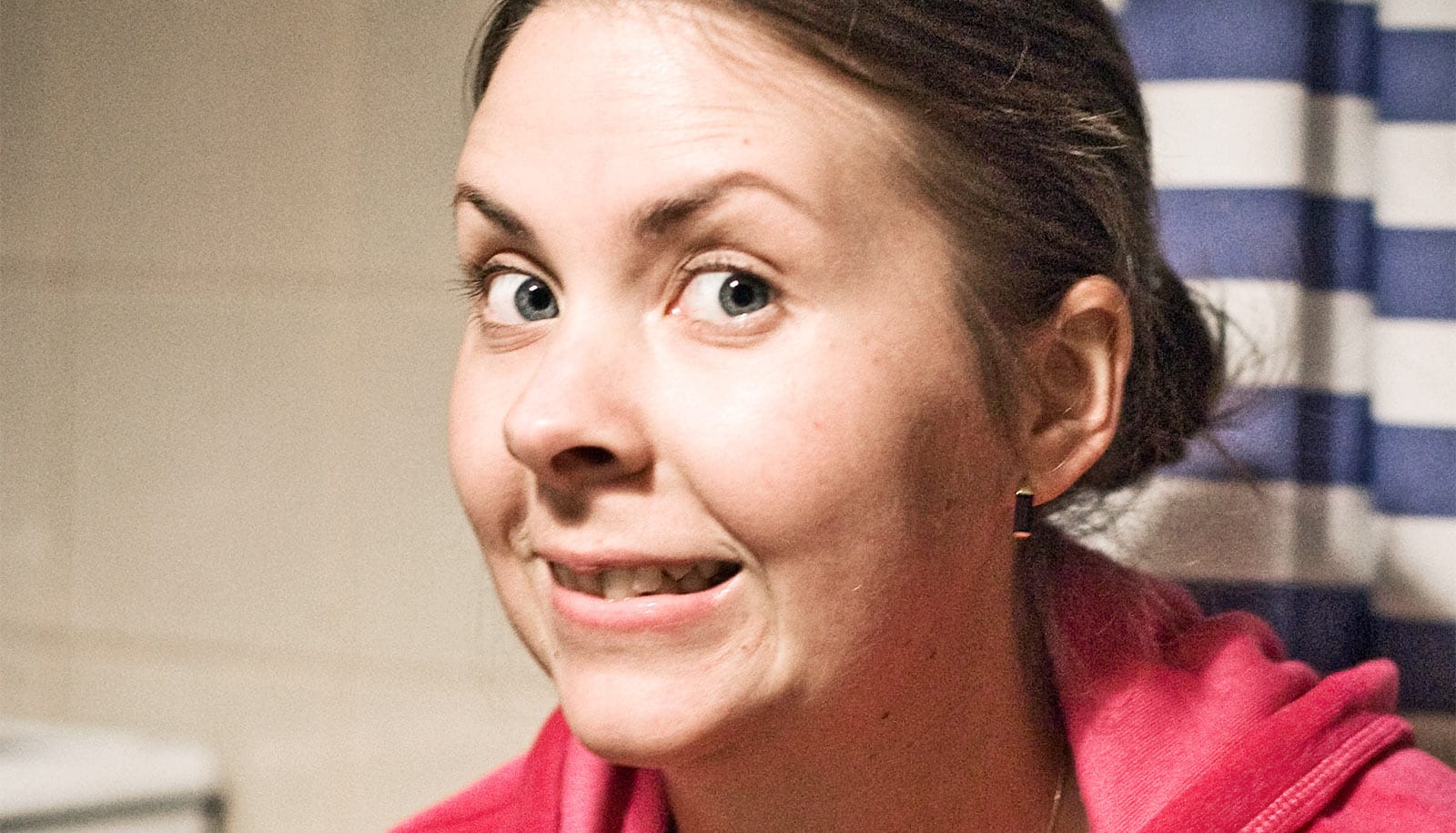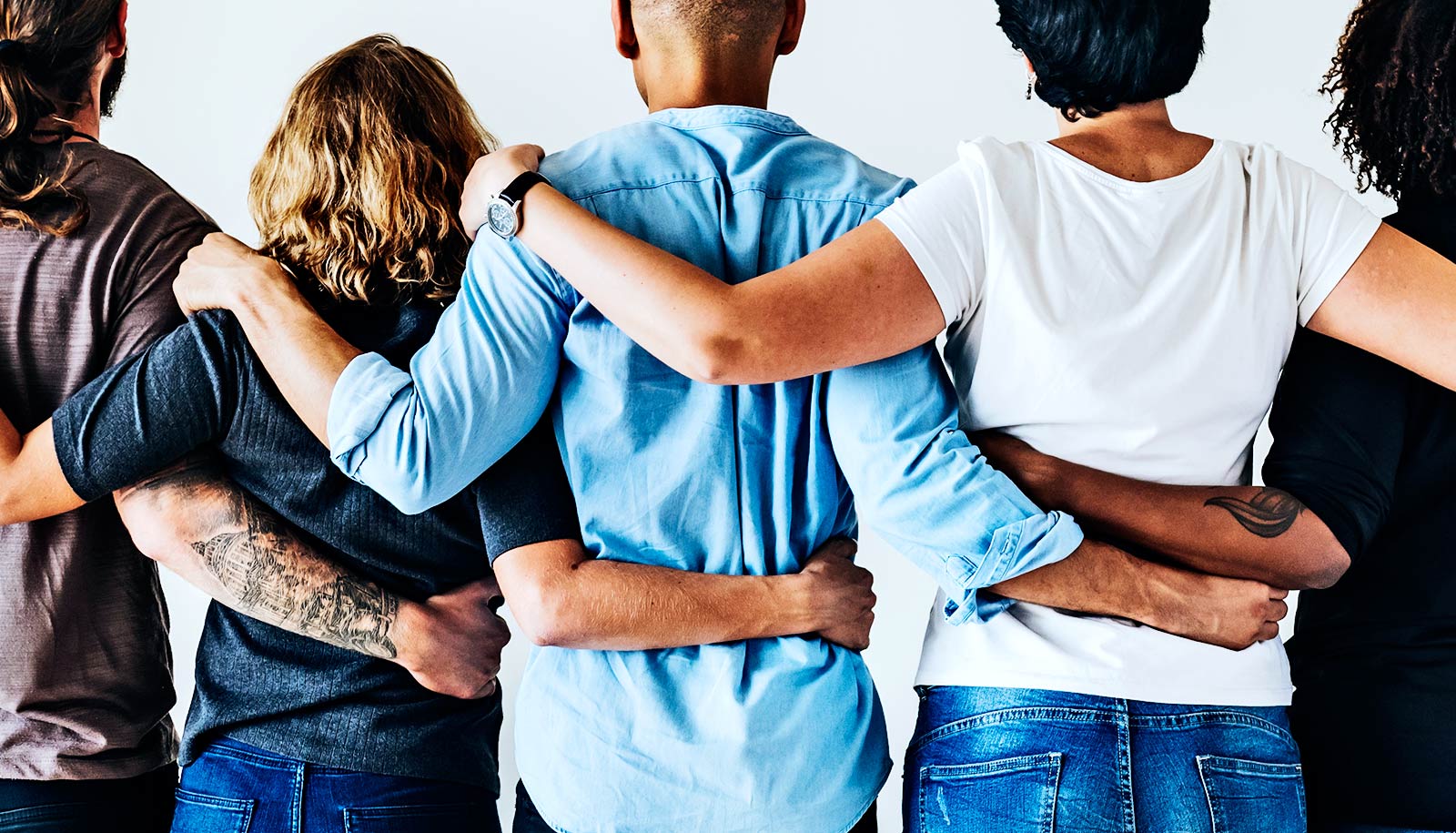People use three methods to reduce social uncertainty, according to a new paper.
The perspective paper establishes a framework to apply rigorous mathematical models of uncertainty originally developed for non-social situations, such as whether or not to purchase a lottery ticket, to social scenarios such as determining an interviewer’s opinion of an interviewee.
“Humans are predicting machines—our whole lives are spent trying to figure out what is the best move to do next,” says Oriel FeldmanHall, an assistant professor of cognitive, linguistic, and psychological sciences at Brown University.
“In general, another person’s motivations, desires, or beliefs are hidden, so we have to figure out how to navigate through the world when we’re interacting with other people without that knowledge. What our next action is going to be depends on how others respond.”
How we react to social uncertainty
The framework was a collaboration between FeldmanHall and Amitai Shenhav, also an assistant professor of cognitive, linguistic, and psychological sciences. In the paper, they explore the sources of social uncertainty and how people react to social uncertainty, and they propose a model of three interrelated methods people use to reduce social uncertainty.
The three ways people reduce social uncertainty range from automatic, almost instinctive processes to more cognitively demanding processes.
The authors define the first method, automatic inference, as the process of predicting another person’s behavior based on their appearance and the social norms of the environment.
The second method, controlled inference, is the process of updating initial impressions using new information such as putting yourself in the other person’s shoes and imaging how you would behave in that situation.
Social learning, the third method, involves updating your beliefs and actions using past experiences or secondhand information of the person’s past behavior.
People use all three processes to different extents in order to reduce their social uncertainty.
One example presented in the paper to illustrate the three ways people resolve social uncertainty involves lending a stranger money. For automatic inference, one person might be willing to lend more money to another who appears trustworthy or kind. However, deciding to lend more money to someone based on sharing an emotional connection or evidence of shared values is an example of controlled inference. Social learning could then come into play if the lender hears from a friend that the recipient is trustworthy.
Downsides of reducing uncertainty
The authors also discuss the negative consequences of mental shortcuts people use to reduce social uncertainty.
“First impressions and stereotypes serve a purpose as we live in very noisy worlds where we have to make snap judgements about people all the time,” says FeldmanHall, who with Shenhav is affiliated with Brown’s Carney Institute for Brain Science.
“You can’t get a holistic picture of every single person you encounter on the street, but the reliance on first impressions can go wrong when people are unwilling to seek more information and get a bigger picture of who the person is, and instead stay narrowly focused on their first impression.”
FeldmanHall is continuing her research on social uncertainty while incorporating the paper’s quantitative framework to model a study on how people learn to trust one another in recurrent money-lending scenarios. She will also study how individuals understand their social networks by tracking incoming college students as they form their social networks and as these networks evolve over several years.
Shenhav will continue his research modeling the neural pathways people use to make decisions, or resolve uncertainty in non-social situations, and how they motivate themselves to overcome cognitively demanding tasks. In the future, Shenhav would like to see how motivation and effort develop in children who experience early life stress.
The paper appears in the journal Nature Human Behavior. Both FeldmanHall and Shenhav received support from the National Institutes of Health’s Centers of Biomedical Research Excellence program grant to the Center for Central Nervous System Function.
Source: Brown University



